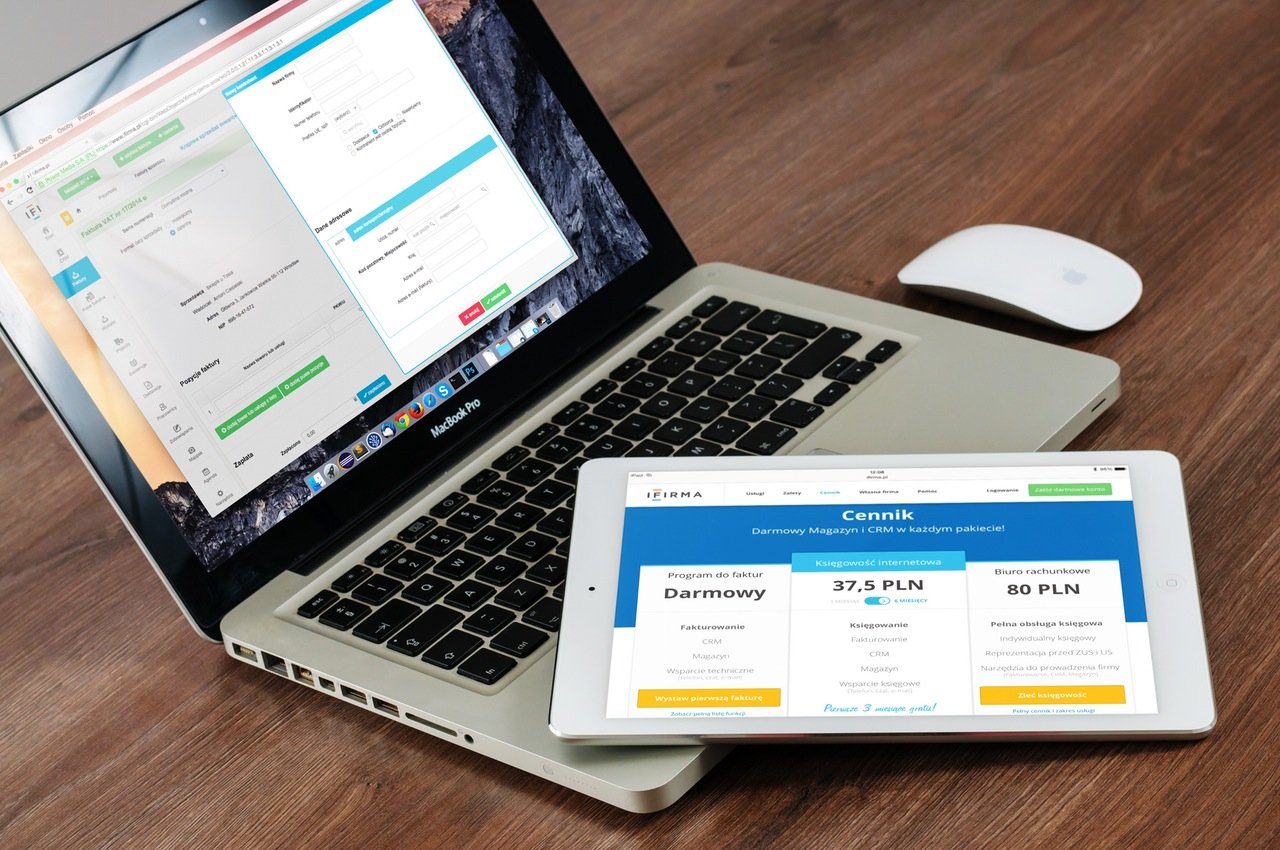To Pay In Transport – To Pay Basis
Understanding ‘To Pay’ Shipping in Logistics
When you send goods from one place to another, a key part of the process is figuring out who will pay the transportation cost, or freight. While this might seem simple, there are different ways to handle it, and one common method in India is shipping on a “To Pay” basis.
What Exactly Does ‘To Pay’ Mean?
“To Pay” is a term used in logistics and transport to show that the freight charges for a shipment are not paid by the sender (consignor) at the time of booking. Instead, the responsibility for paying the freight falls on the person or company receiving the goods (consignee).
In simple terms, the sender books the goods without paying the freight upfront. The transport company then delivers the material and collects the payment directly from the receiver.
How Does the ‘To Pay’ Process Work?
Here’s a quick look at how the process unfolds:
- Booking: The sender contacts a transport company to book a shipment. They specify that the material is being sent on a “To Pay” basis.
- Dispatch: The transport company picks up the goods and issues a consignment note or bill of lading. This document clearly states that the freight is “To Pay.”
- Transit: The goods are transported to their destination.
- Delivery and Payment: When the shipment arrives, the transport company delivers the goods to the consignee. The consignee is then required to pay the outstanding freight charges before or at the time of taking delivery.
When Is ‘To Pay’ Used?
This payment method is useful in several common situations:
- For Regular Customers: A business might have a standing arrangement with a customer who prefers to handle their own shipping costs.
- For Bulk Shipments: If a company frequently sends goods to the same receiver, using a “To Pay” system can streamline the billing process.
- When the Sender Doesn’t Have Funds Available Immediately: It allows the shipment to move without delay, even if the sender can’t pay the freight upfront.
Understanding the difference between “To Pay” and “Paid” is crucial for anyone involved in transport. It ensures that financial responsibilities are clear and helps avoid any confusion or disputes when a shipment arrives.
When you send goods from one place to another, a key part of the process is figuring out who will pay the transportation cost, or freight. While this might seem simple, there are different ways to handle it, and one common method in India is shipping on a “To Pay” basis.
What Exactly Does ‘To Pay’ Mean?
“To Pay” is a term used in logistics and transport to show that the freight charges for a shipment are not paid by the sender (consignor) at the time of booking. Instead, the responsibility for paying the freight falls on the person or company receiving the goods (consignee).
In simple terms, the sender books the goods without paying the freight upfront. The transport company then delivers the material and collects the payment directly from the receiver.
How Does the ‘To Pay’ Process Work?
Here’s a quick look at how the process unfolds:
- Booking: The sender contacts a transport company to book a shipment. They specify that the material is being sent on a “To Pay” basis.
- Dispatch: The transport company picks up the goods and issues a consignment note or bill of lading. This document clearly states that the freight is “To Pay.”
- Transit: The goods are transported to their destination.
- Delivery and Payment: When the shipment arrives, the transport company delivers the goods to the consignee. The consignee is then required to pay the outstanding freight charges before or at the time of taking delivery.
When Is ‘To Pay’ Used?
This payment method is useful in several common situations:
- For Regular Customers: A business might have a standing arrangement with a customer who prefers to handle their own shipping costs.
- For Bulk Shipments: If a company frequently sends goods to the same receiver, using a “To Pay” system can streamline the billing process.
- When the Sender Doesn’t Have Funds Available Immediately: It allows the shipment to move without delay, even if the sender can’t pay the freight upfront.
Understanding the difference between “To Pay” and “Paid” is crucial for anyone involved in transport. It ensures that financial responsibilities are clear and helps avoid any confusion or disputes when a shipment arrives.


Leave a Comment